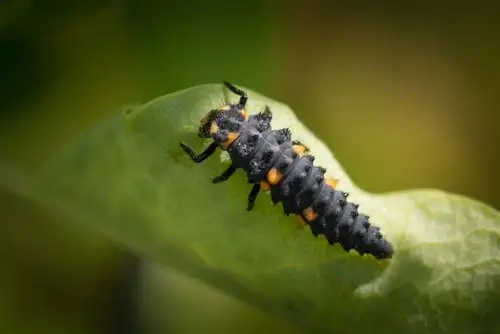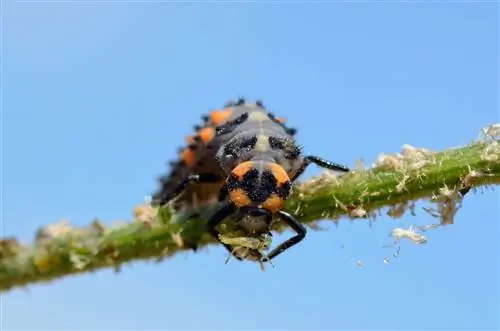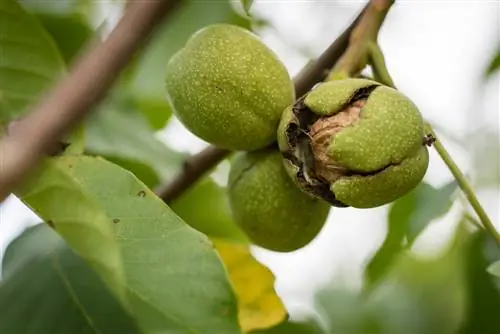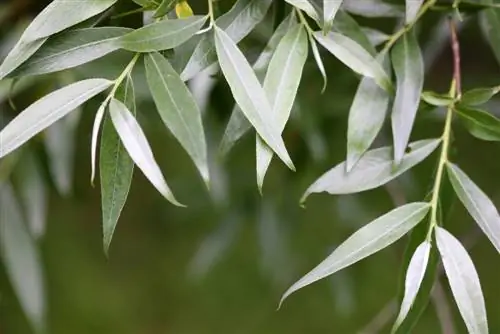- Author admin [email protected].
- Public 2023-12-16 16:46.
- Last modified 2025-01-23 11:22.
A hobby gardener is only too happy to see ladybugs in his plants. Promoting the pretty beneficial insects makes sense and is recommended. In order not to let your larvae get caught in the net when hunting for pests, it is also necessary to be able to identify them.
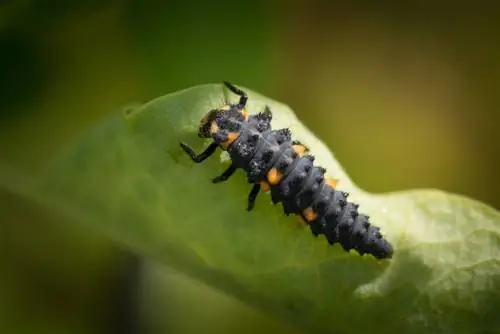
What do ladybird larvae look like?
Ladybird larvae are flat, broad and uncurved, with hairy warts along their length and a mottled pattern. They vary in size (1.5-15 mm) and color depending on the species, often similar to the later beetle appearance.
Lack of clarity
Unfortunately, ladybug larvae don't necessarily make it easy to recognize them and distinguish them from other larvae. Because their appearance varies quite a lot from species to species. However, a few appearance characteristics can be filtered out as common denominators:
- plate, uncurved, wide shape
- covered lengthwise by warts with hairy bristles
- spotted pattern
- 3 quite long pairs of sternums
Which is more variable:
- Length: between 1.5 and 15 millimeters
- Coloring: sometimes gray-black, sometimes black-tomato red, sometimes blue-orange, sometimes yellow-black
- mostly similar to the later beetle appearance
If you are closely examining a larva in your garden that may be from a ladybug, carefully feel its body. It is covered with a layer of wax to protect it from ants and other predators.
Another note: After molting, the coloring of the ladybird larvae is particularly intense.
In the pupation stage, you can easily recognize a ladybird larva because it is sitting in a mummy pupa. So she is completely bent over, including her legs, in her metamorphic rigidity.
Let's take a closer look at the larvae of certain species of ladybirds:
Seven-spot ladybird larva
The larva of this common ladybird prototype has nothing in common with the later appearance of the adult beetle: it is bluish in color and has bright red lateral spots on the third and sixth segments. The head is similarly colored and beautifully patterned. The body tapers to a point at the back.
Asian lady beetle larva
The larva of the Asian lady beetle, which is now almost the most common in our country, looks quite similar to the later beetle. It is mostly black with bright red, closely spaced side spots.
Twenty-two-spot ladybird larva
The larva of this adorable beetle also has the same coloring as it will later have as a beetle: namely yellow with black dots.
Two-spotted ladybug
The larva of this species is usually grayish in color and has two light red spots on the third segment and a larger, same-colored spot on the sixth segment. Her wide body tapers quite pointedly at the back.

